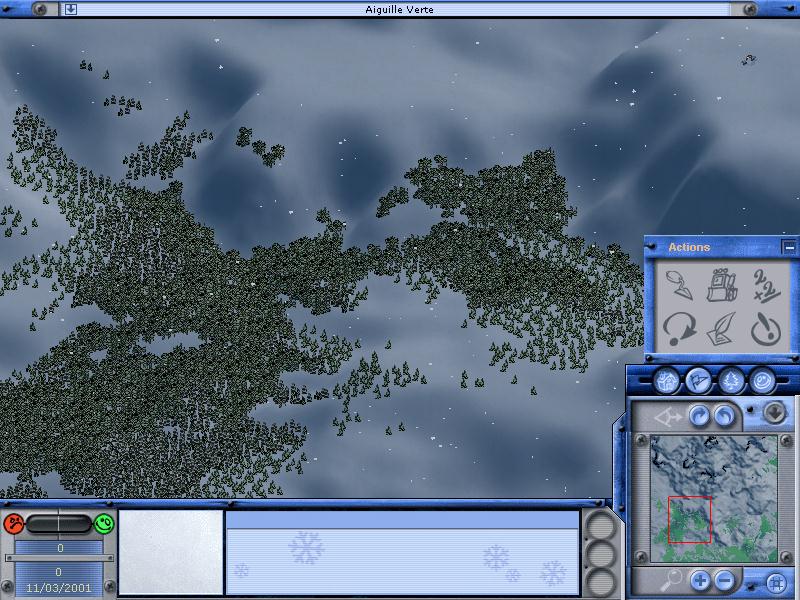Ski Park Manager 2003 Download Torrent
- 14 Comments!

Download ski park manager 2003 full from our server at the best speed. Download popular software at the fast speed.
Justification Justification of Red List Category This species has an extremely large range, and hence does not approach the thresholds for Vulnerable under the range size criterion (Extent of Occurrence 30% decline over ten years or three generations). The population size is very large, and hence does not approach the thresholds for Vulnerable under the population size criterion (10% in ten years or three generations, or with a specified population structure). For these reasons the species is evaluated as Least Concern. Population justification The global population is estimated to number approximately c.598,000-615,000 individuals (Wetlands International 2015).
The European population is estimated at 83,400-116,000 pairs, which equates to 167,000-231,000 mature individuals (BirdLife International 2015). Trend justification The overall population trend is increasing, although some populations have unknown trends (Wetlands International 2015). The European population is estimated to be increasing (BirdLife International, EBCC 2015). Ecology Behaviour Truly wild populations of this species are migratory (particularly where displaced by cold weather) (del Hoyo et al. 1992, Snow and Perrins 1998) although European and feral populations are essentially sedentary (Johnsgard 1978, del Hoyo et al. 1992, Scott and Rose 1996, Snow and Perrins 1998) or only locally migratory or nomadic (Scott and Rose 1996, Snow and Perrins 1998). The species breeds during the local spring (del Hoyo et al.
1992, Kear 2005a)as isolated pairs in well-defended territories (del Hoyo et al. After breeding the adults may gather in large concentrations of thousands or more (Johnsgard 1978, Madge and Burn 1988) on selected waters (Madge and Burn 1988) (non-breeders in northern Europe migrating to such gatherings (Snow and Perrins 1998)) between July and August (Scott and Rose 1996) to undergo a flightless moulting period lasting for 6-8 weeks (Kear 2005a). Although not noticeably sociable in many areas during the winter (Johnsgard 1978) the species may flock in groups of several thousands on favoured waters (Johnsgard 1978, Madge and Burn 1988, Scott and Rose 1996). Habitat The species inhabits a variety of lowland freshwater wetlands (del Hoyo et al.
1992) such as shallow lakes (Kear 2005a), ponds (Madge and Burn 1988), lagoons, marshes (del Hoyo et al. Sunset valley the sims 3. 1992), reedbeds (del Hoyo et al. 1992, Snow and Perrins 1998) and slow-flowing rivers (Kear 2005a) (showing a preference for clean, weed-filled streams over larger, polluted rivers) (Johnsgard 1978). It is also common on artificial waterbodies such as reservoirs, gravel-pits, ornamental lakes (del Hoyo et al. 1992), ditches (Snow and Perrins 1998) and canals (Scott and Rose 1996), and will graze on grassland and agricultural land (e.g.